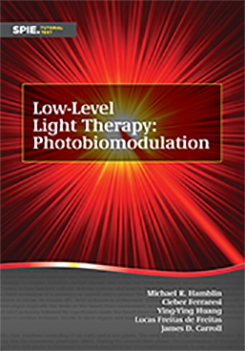|
2.1 History of Photomedicine Tracing the history of what came to be known as low-level laser therapy is an interesting challenge, perhaps because there are two distinct timelines or historical strands to be teased apart, namely, the history of light therapy and the development of the laser. The oldest of these is light therapy or photomedicine, which will be addressed first. The history of photomedicine goes back over three thousand years to India, where sunlight was employed for therapeutic purposes, as recorded in the sacred Hindu text Atharva Veda, dating from 1400 BCE. Sufferers from vitiligo (a patchy depigmentation of the skin then thought to be a form of leprosy) were given certain plant extracts to eat and then exposed to the sun. Starting in the 18th century, sporadic reports began to appear in the medical literature indicating that sunlight could be used to treat a wide variety of different diseases. In 1735, Fiennius described a case in which he cured a cancerous growth on the lip using a sunbath. In 1774, Faure reported that he successfully treated skin ulcers with sunlight, and in 1776, LePeyre and LeConte found that sunlight concentrated through a lens accelerated wound healing and destroyed tumors. There were also reports that sunlight had beneficial effects on internal maladies. In 1782, Harris used sunlight-exposed mollusk shells to improve a case of rickets (fragile bones due to vitamin D deficiency), In 1845, Bonnet5 first reported that sunlight could be used to treat tuberculous arthritis (a bacterial infection of the joints). |
|
|


